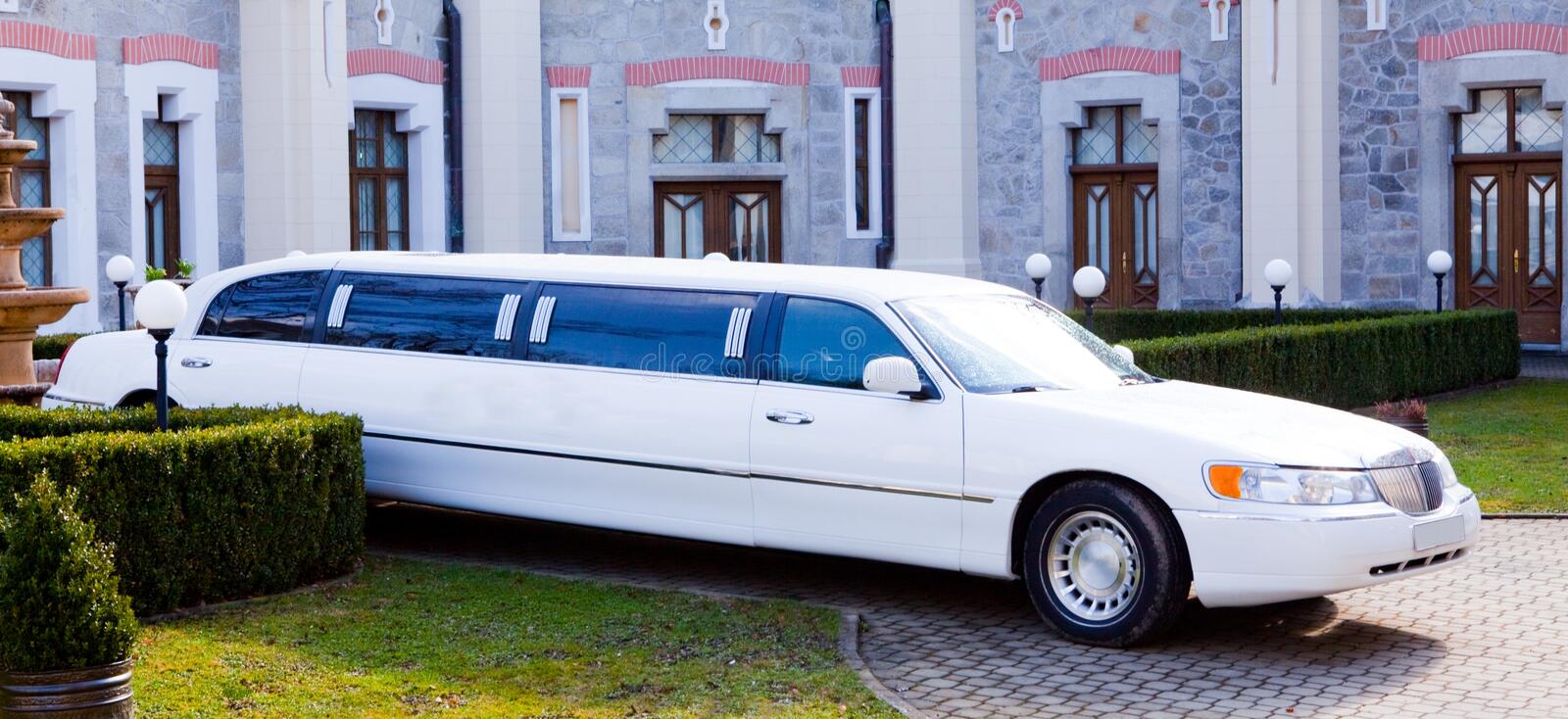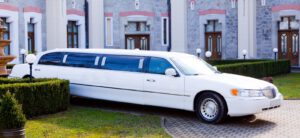Tree trimming is a necessary step in tree maintenance, as it helps to keep trees healthy and safe from various diseases and infections. This also helps the trees grow strong and aesthetically pleasing.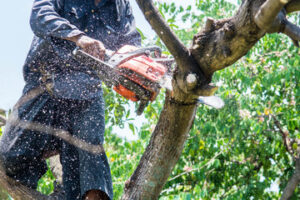
When it comes to pruning, there are many different techniques that professionals use. Some of these include thinning, crown cleaning, and shaping. For professional assistance, contact Tree Service Irvine CA.
Taking the time to trim trees on your property improves their overall appearance. Untrimmed trees can look messy and unkempt, and this can turn off guests or potential buyers of your home. Tree trimming services remove dead or overgrown branches to give your trees a clean and fresh look.
In addition, the thinning effect of tree trimming opens up the canopy to allow more light to enter the lower branches. This can help a lot by allowing the grass and flowers underneath to grow properly, and it also helps reduce pest infestation.
It can be dangerous to leave dead or damaged branches on a tree. Trimming regularly gets rid of these and other potentially harmful limbs before they fall on your property or cause damage to nearby structures. It is best to do major trimming during the winter or early spring, when a tree is dormant.
This will reduce the risk of damaging the tree during its active growth period and prevent the spread of disease throughout the rest of the tree. Trimming can also encourage new growth and fruit or flower production in trees that have been producing less than desired results.
When you keep up with regular pruning, the limbs of your trees will be evenly spaced and trimmed to a proportional shape. This can give your landscape a much more polished and manicured look, and it can make your entire yard stand out as a great place to visit or live.
Keeping up with regular trimming also helps the tree maintain its structure and prevents it from developing weak or broad branches. It can also prevent limbs from crossing each other or obstructing views. If you have any large or mature trees on your property, this can significantly enhance the visual appeal of your landscape and increase the curb appeal of your home.
A well-maintained property is always a good selling point for your home, and it can add value depending on the location of your trees and other plants. In addition, a well-cared-for garden can add an additional layer of depth and complexity to your overall outdoor design. This can further increase the value of your property and ensure you can enjoy it for years to come.
It encourages healthy growth.
When a tree is overgrown, it can be more vulnerable to damage and diseases. Regular trimming will help prevent this by removing dead or unhealthy branches and encouraging new growth. It’s also an important step in preventing soil erosion. Studies have shown that trees that are trimmed regularly have stronger root systems, which helps keep the soil in place and prevents it from washing away.
Another important reason to have your trees trimmed is that it can improve their overall health. Overgrown and diseased branches can become heavy, putting stress on the rest of the tree. This can cause the trunk to crack or split, leading to further problems. By removing these branches, the tree can focus all of its energy on new growth and prevent other health issues.
Trimming your trees will also encourage more blooms and healthier fruit. When a tree is overgrown, it may not be able to get all of the nutrients and water that it needs to grow and produce. When you have your trees trimmed regularly, they will be better able to absorb the sun’s rays and thrive.
Overgrown trees can also be a fire hazard. If the limbs break off, they can fall and block out sunlight, making the fire more dangerous for nearby homes or businesses. Regular trimming will reduce the risk of this, as well as the chance of the branches falling and causing damage or injuries to people and property.
Finally, tree trimming can help control weeds and pests. Weeds and pests often grow in the dense foliage of overgrown trees, which makes them more likely to spread disease or rot. By thinning the canopy and eliminating crossing or rubbing branches, you can eliminate these problems and maintain a healthy, beautiful yard.
While it is possible to do some trimming and pruning on your own, this type of work requires special tools and a great deal of expertise. Unless you have these resources, it is best to leave it to a professional who will be able to conduct the work safely and efficiently. In addition to this, they will have the proper knowledge and experience when it comes to your specific trees.
It reduces the risk of damage.
Trees can damage your home and yard or hurt your neighbors’ property if they’re not properly trimmed. This is especially true when they’re overgrown and the limbs are dead or extending over your roof, cars in your driveway, and other structures. Regular trimming can keep these limbs from falling during storms and damaging your property, as well as prevent them from touching or pushing against power lines.
Trimming also keeps branches from growing in the wrong direction, which can be a danger to your family and pets or cause utility damage. This can include a tree’s roots growing into sewer lines and the foundations of homes and buildings, as well as branches that overhang your house or push against nearby electrical wires. This is why it’s important to have your trees regularly trimmed by professional tree trimmers.
A skilled tree trimmer can help you determine the best times to prune based on the species of the plant and what its growth habits are. Many shrubs, plants, and grasses can be trimmed at any time of the year; however, most trees are best trimmed during their dormant season.
The thinning method of trimming involves removing the lower branches of a tree in order to reduce its overall density and allow more sunlight to reach the ground. This can be beneficial for homeowners and businesses looking to get more visibility or more space between the limbs of their trees. It’s important to make sure that your tree is not being over-trimmed, as this can cause the remaining limbs to grow more slowly and be prone to disease and insect infestation.
Another type of pruning is the crown reduction method, which is a process that cuts a tree’s canopy to reduce its overall height and spread. This is often done for safety reasons, to improve a homeowner’s view, or to clear sidewalks and roads. This type of pruning is typically done on larger trees and requires a professional to ensure that it’s being conducted correctly.
It prevents disease.
Tree trimming is not only a great way to enhance your landscape’s aesthetics; it also helps prevent diseases that can damage or kill the plant. This is because removing dead or diseased branches prevents them from spreading to other parts of the plant and causing further damage. Additionally, it allows more sunlight to reach the plant’s canopy, which promotes healthy growth and reduces the risk of infection or pest infestation.
Besides preventing disease, proper tree trimming can help minimize the damage that can be caused by trees during storms or strong winds. Branches that are left unchecked can fall and cause serious property damage, including roof leaks or foundation cracks. Regular pruning and trimming eliminates this danger by reducing the number of limbs that can fall during storms.
In addition, trimming for health and beauty focuses on removing twigs and branches that rub together, as well as any stubs that may interfere with electrical utility lines. It also involves removing any branches that grow in the wrong direction or push towards the house or other structures.
While trimming is often associated with trees, it can also be used to trim hedges and shrubs for a clean look. It also helps alleviate excessively dense bushes, which can block sunlight or moisture from reaching the ground below.
It is important to remember that not all plants can be trimmed the same way or at the same time. Some require special care and attention to prevent the emergence of diseases or insect infestations. A professional tree service provider will be able to provide recommendations based on the type of plant and its unique needs.
It is highly recommended to seek the services of a professional when it comes to pruning and trimming. They have the right tools and expertise to conduct the work safely and efficiently. They will also know which plants should be trimmed, how, and when. Additionally, they will be able to spot potential issues before they become dangerous or life-threatening. This will ensure that your trees are healthy, safe, and beautiful for years to come.
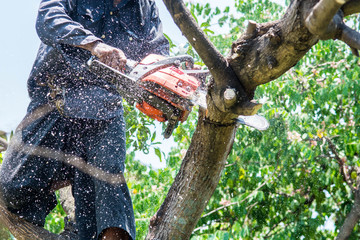





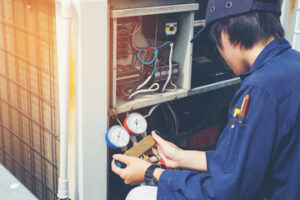 Proper HVAC system maintenance is essential to ensure it operates at peak efficiency. Cleaning air filters and keeping outdoor units clear of debris are easy, do-it-yourself maintenance tasks that will benefit your home’s heating and cooling system.
Proper HVAC system maintenance is essential to ensure it operates at peak efficiency. Cleaning air filters and keeping outdoor units clear of debris are easy, do-it-yourself maintenance tasks that will benefit your home’s heating and cooling system. 
 Lastly, consider how to access the dumpster.
Lastly, consider how to access the dumpster. 